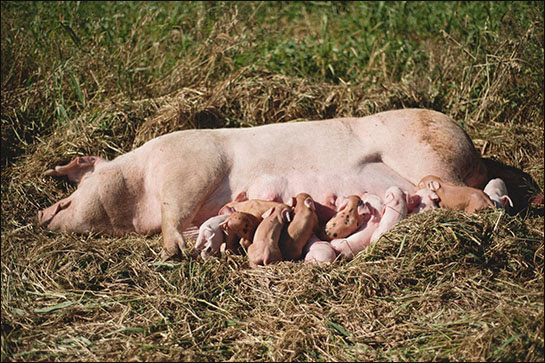
Designed by Lisa Be for Project Vortex
As you may know, I’m doing research at a lab at Harvard where I focus on autistic women. One thing I’ve learned is there are lots of easy, objective tests we can give ourselves to determine if we have biological markers for autism. I’m excited to share those with you so we don’t have to have any more discussions about everyone asking themselves do I have or don’t I?
I also notice the news that will help women the most is very slow to get to the public. So I’m offering a workshop to give autistic women groundbreaking research into their lives right now. The workshop will meet once a week for ten weeks, starting this week. Here are some topics we’ll cover:
- Use the same techniques that labs do to quickly diagnose female subjects for autism. It’s easy and fun. You can try it out on everyone.
- Question people who say they improve executive function. Science says only two things work, and they’re really weird things.
- What to do about a speech delay when research shows it’s more important to decrease the mother’s stress levels than get a kid into speech therapy.
- Don’t look for friends, look for special interests, the friends will follow. Neurotypical girls make friends their special interest; no wonder we were lost in junior high.
- Find out the one thing autistic women do that makes all camouflaging fail. But also, does this mean we can all stop trying to mask?
- The biggest problem autistic women have is emotional isolation. If an autistic woman isn’t feeling that then her kids are; understanding why helps you understand what drives you.
We’ll also have a discussion board to talk about any topic that interests you as it relates to women and autism. I’ll drop in each day to shed some light — or some tears — because it’s always in the free-for-all where I learn the most.

Closeup you see that we’ve all had to navigate the world in similar ways as autistic girls and women — knowing there was something wrong but we didn’t know what. Some researchers call us the lost generation of autism but talking with you all makes me feel like the found generation.
People are joining from all over the world, so the meeting times accommodate a range of time zones:
Tuesday 9pm Eastern
Wednesday 8am Eastern
Thursday 5pm Eastern
The deadline to sign up is this weekend. The cost is $150.
And one more thing. I’m going to send videos of me and my friends talking about autism. This video is me with Caitlin. You get it without even signing up; in the middle she talks about a group of autistic women we created a few years ago that was so transformative to her. How could you listen to that and not sign up now? Really?

